Suicide Prevention for Healthcare Workers
NIOSH Science Blog
SEPTEMBER 17, 2021
Some occupations are known to have higher rates of suicide than others (see related blogs). Job factors – such as low job security, low pay, and job stress – can contribute to risk of suicide, as can easy access to lethal means among people at risk—such as medications or firearms. Other factors that can influence the link between occupation and suicide include gender, socioeconomic status, the economy, cultural factors, and stigma.





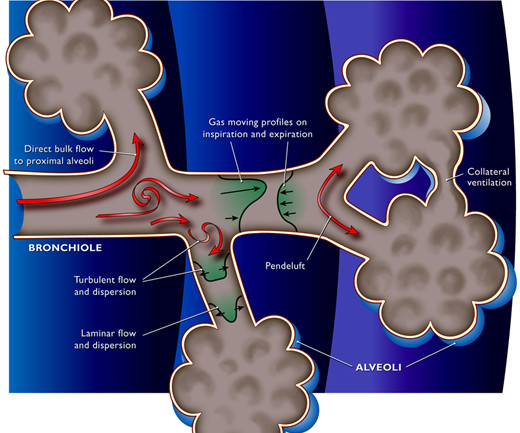


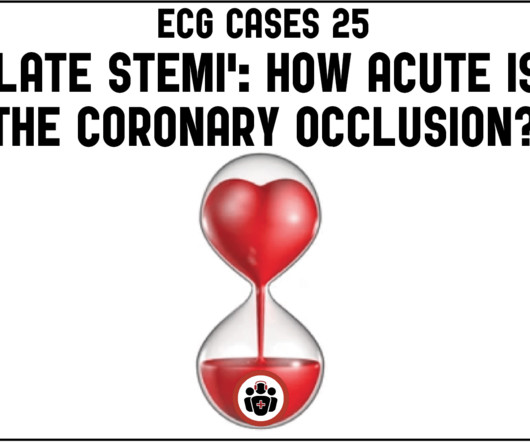


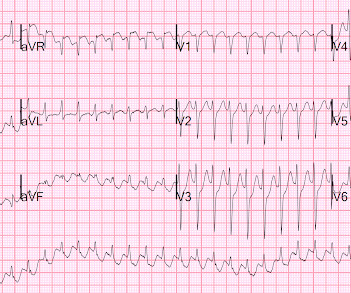

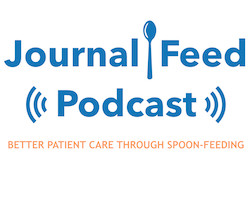

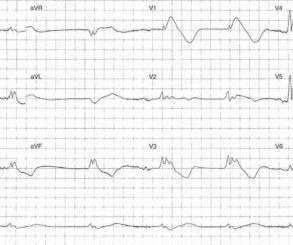
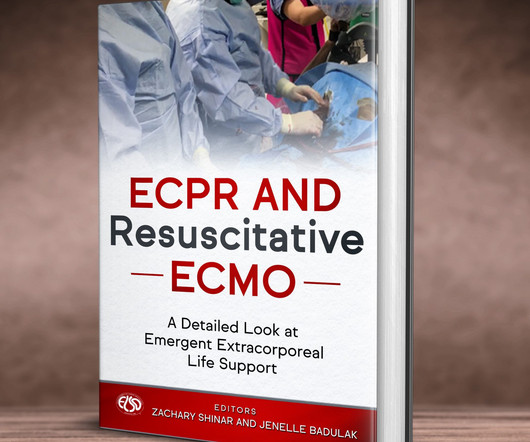




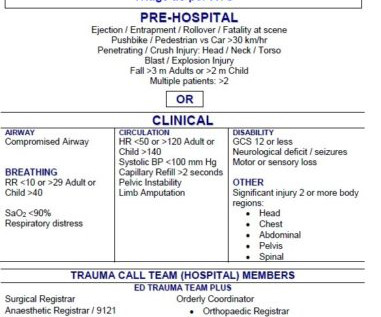









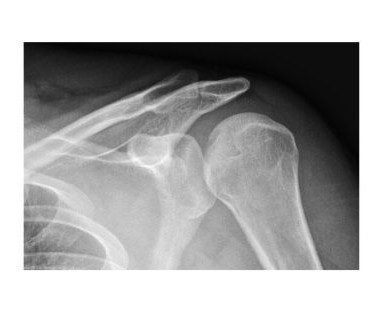










Let's personalize your content